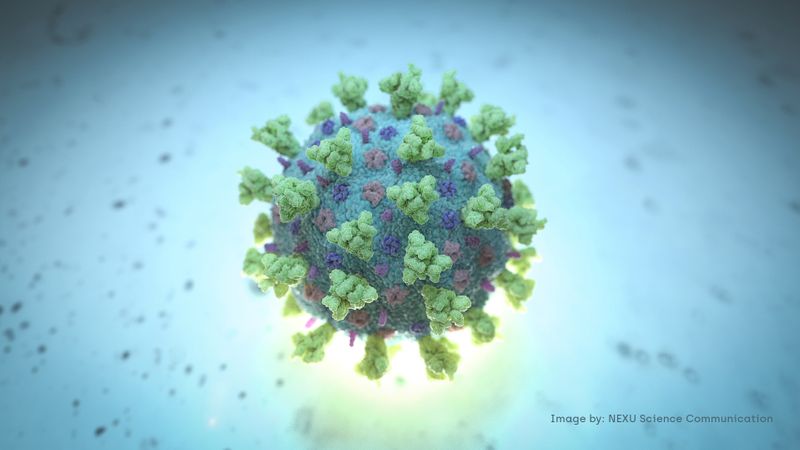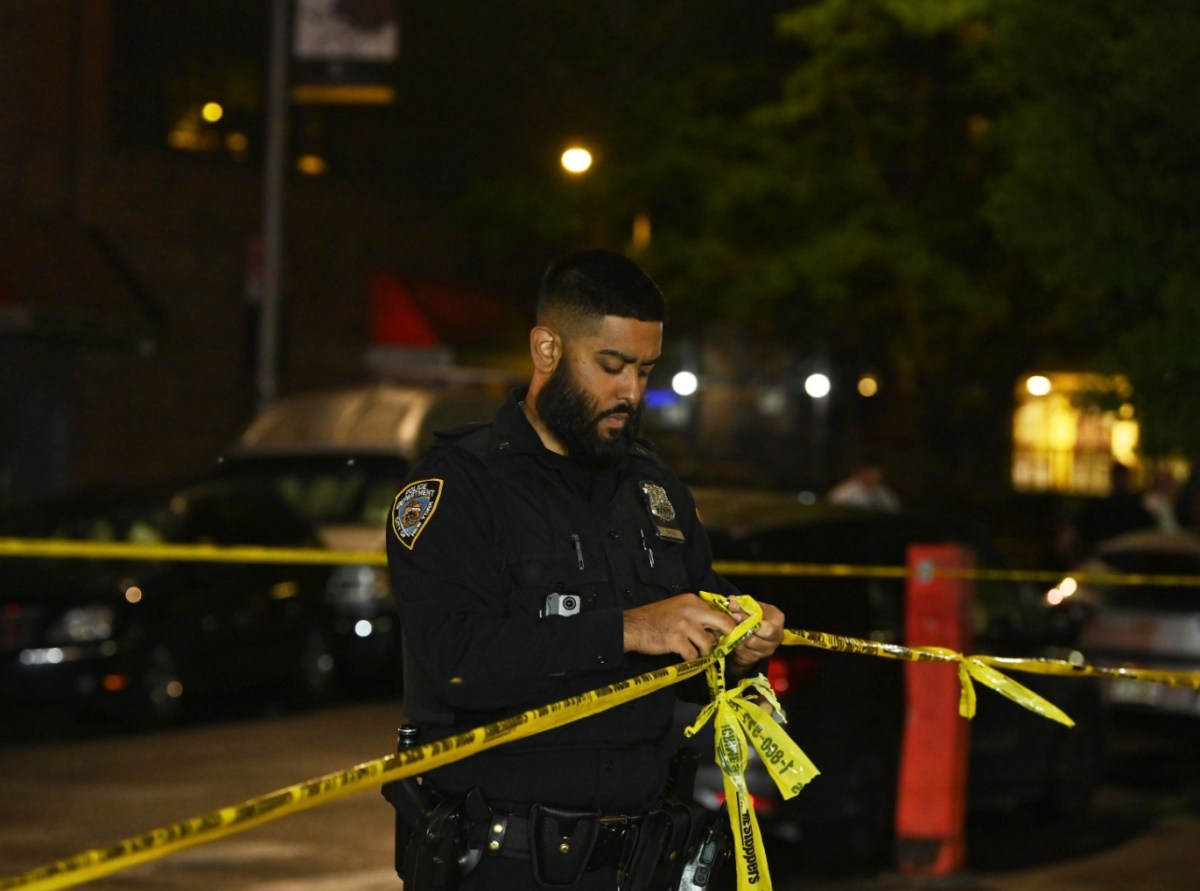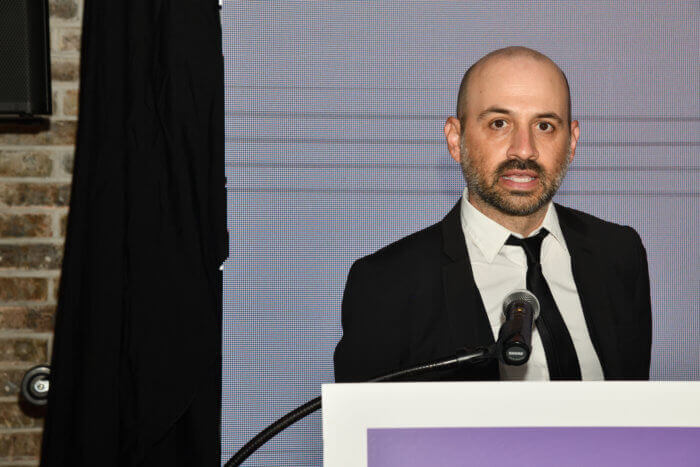(Reuters) – Here’s what you need to know about the coronavirus right now:
No more eating out
Florida’s greater Miami area became the latest U.S. coronavirus hot spot to roll back its reopening, ordering restaurant dining closed as COVID-19 cases surged nationwide by the tens of thousands and the U.S. death toll topped 130,000.
Restaurants also were targeted for a weekend crackdown on coronavirus enforcement in California, where hospitalisations for COVID-19 have jumped 50% over the past two weeks and the state capitol building in Sacramento was temporarily closed for deep cleaning.
For an eighth straight day, Texas registered an all-time high in the number of people hospitalised at any one moment with the highly contagious respiratory illness, up more than 500 admissions from the day before to nearly 8,700.
The U.S. military said it would deploy a special 50-member medical team, including emergency room and critical-care nurses and respiratory specialists, to a hard-hit area in and around San Antonio.
Infections surge in India
India’s death toll from the coronavirus pandemic surpassed 20,000 and case numbers surged as the south Asian country pushed ahead with relaxations to its almost two-month lockdown amid grim economic forecasts.
The rate of both new virus infections and deaths are rising at the fastest pace in three months, as officials lift a vast lockdown of India’s 1.3 billion people that has left tens of thousands without work and shuttered businesses.
The country reported 467 new deaths on Tuesday, taking the toll to 20,160. It also recorded 22,252 new infections, increasing the total to 719,665. India on Monday overtook Russia as the third most affected country globally, behind the United States and Brazil.
Health officials fear the number of deaths, which usually lag behind the detection of new infections, could rise significantly in coming weeks.
Chaos on the borders
Hundreds of police officers and soldiers are being deployed to enforce the closure of the busy and highly porous border between Australia’s two most populous states, New South Wales and Victoria, as officials grapple to contain a new coronavirus outbreak.
Daily travel permits will be granted to people who live in border towns and cities but with the closure just hours away at 11.59 p.m. on Tuesday, the application system was still being developed.
Over in New Zealand, the national airline will not take new bookings for three weeks as the country looks to limit the number of citizens returning home to reduce the burden on overflowing quarantine facilities.
“The last thing we need are hastily set up facilities to meet demand,” Housing Minister Megan Woods said in a statement.
Care home deaths blame game
British Prime Minister Boris Johnson faced a growing storm on Tuesday after saying some care homes didn’t follow procedures to stem the spread of COVID-19 deaths, sparking an accusation that he was trying to rewrite history.
Britain has one of the highest death tolls in the world from COVID-19, at more than 44,000, with around 20,000 dying in care homes, according to government statistics.
While the government has been heavily criticised by opposition politicians and some medics over the slow delivery of protective clothing and testing in care homes, Johnson appeared to suggest blame for the outbreaks lay with the care homes themselves.
“We discovered too many care homes didn’t really follow the procedures in the way that they could have, but we’re learning lessons,” Johnson said on Monday.
A Reuters Special Report detailed how the government’s focus on preventing emergency wards from being overwhelmed left care home residents and staff exposed to COVID-19.
A stronger-than-usual will to live
After a record 112 days on a specialised life-support system, a South Korean COVID-19 patient is recovering from double lung transplant surgery, doctors say, in only the ninth such procedure worldwide since the coronavirus outbreak began.
The 50-year-old woman was diagnosed with the disease and hospitalised in late February and then spent 16 weeks on extracorporeal membrane oxygenation (ECMO) support, which involves circulating a patient’s blood through a machine that adds oxygen to red blood cells. That’s the longest that any COVID-19 patient in the world has spent on ECMO support, her doctors said.
Lee Sun-hee, a head nurse of the ECMO programme who has cared for the patient since February, said the woman seemed to have a stronger-than-usual will to live, in part driven by being a mother of two. Lee said the woman already knows the first thing she wants to do when released from the hospital: “To get a nice bath.”
(Compiled by Linda Noakes and Karishma Singh. Editing by Jane Merriman)






















